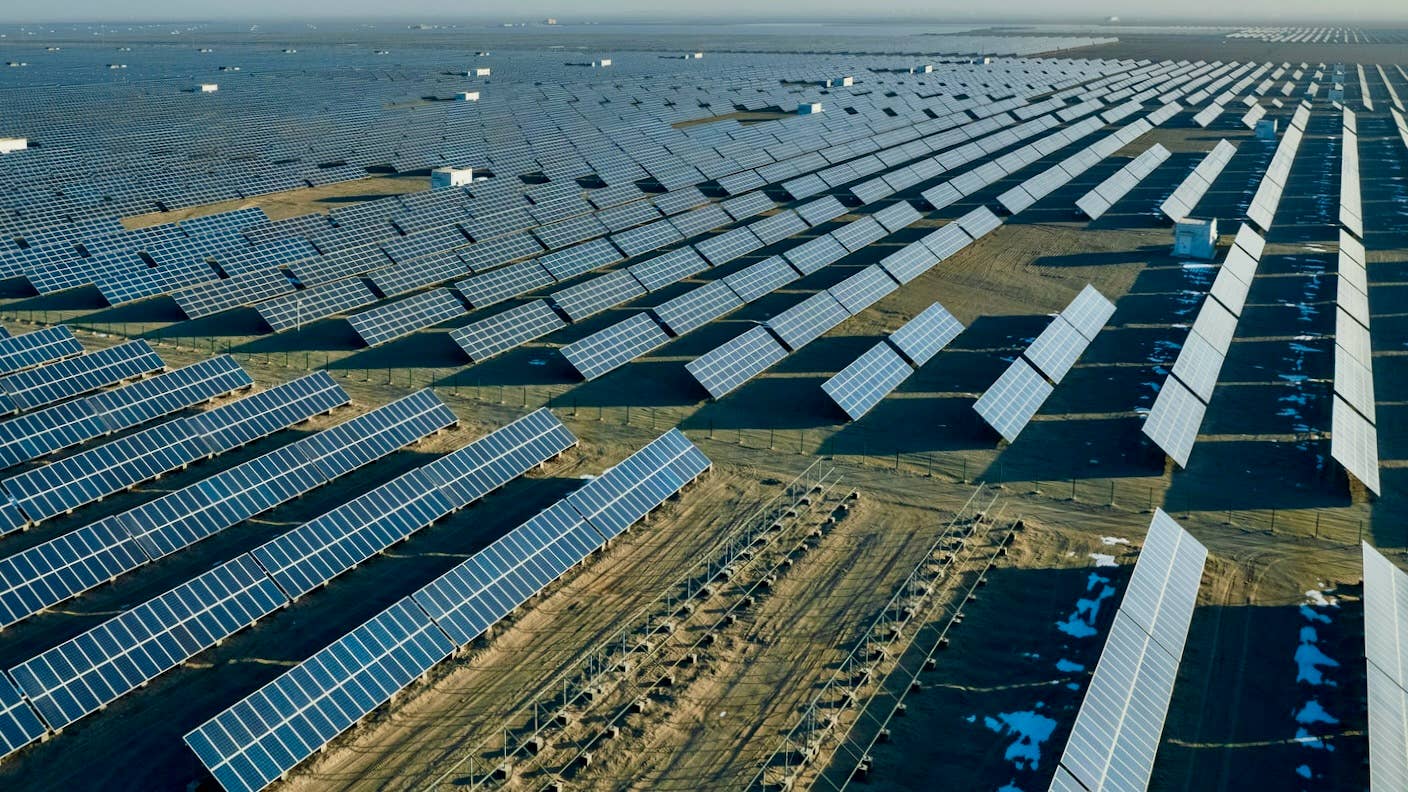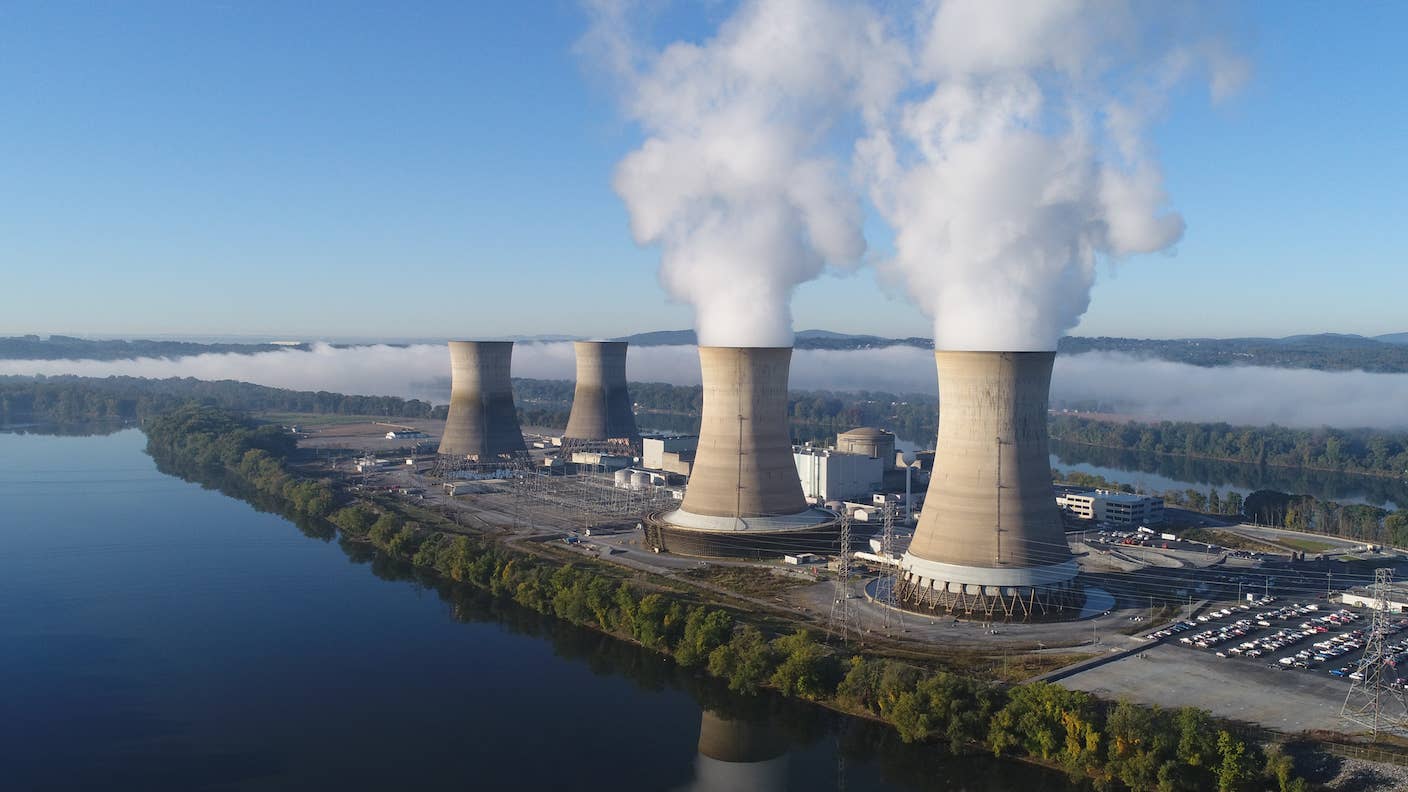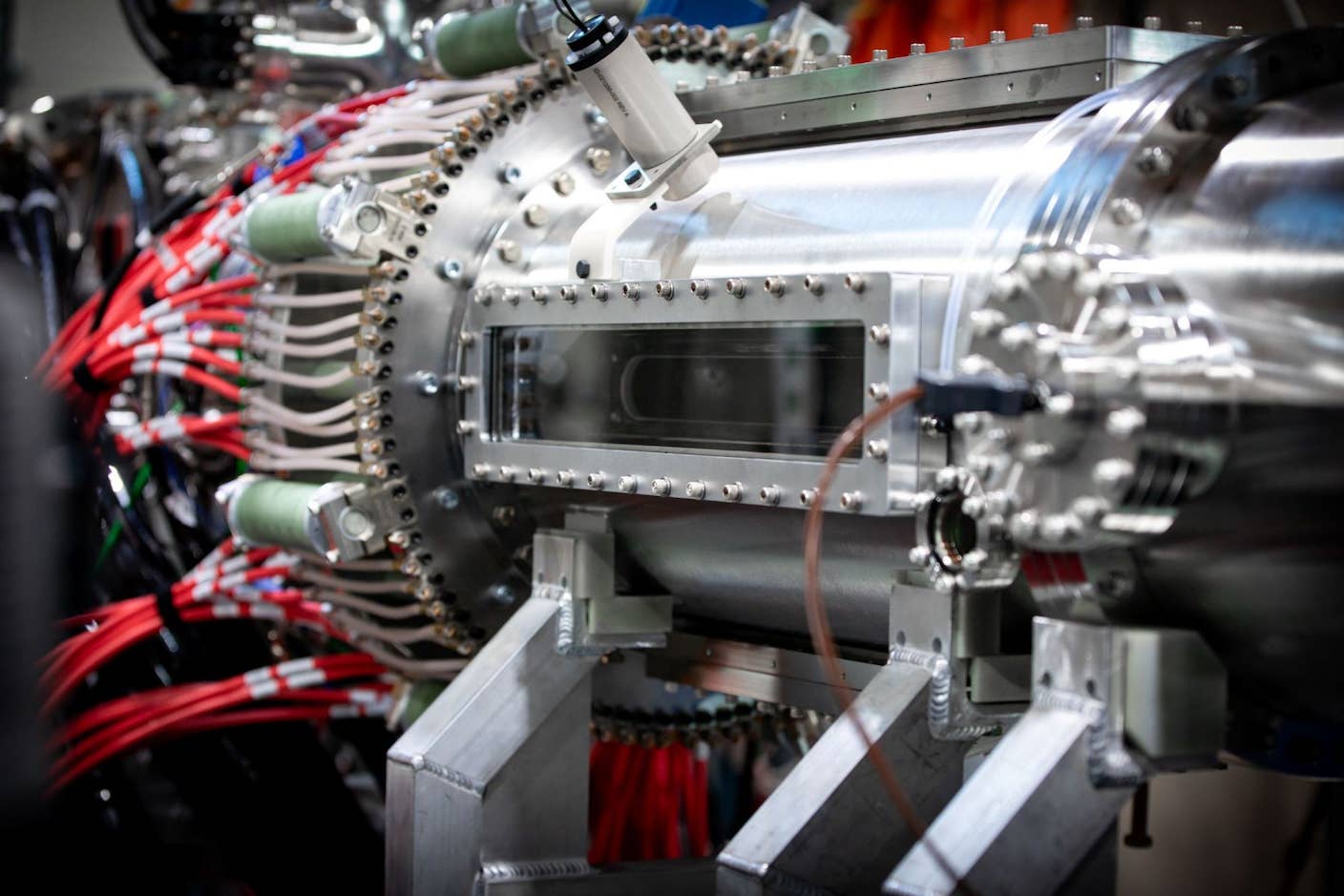The US Is Adding Grid-Scale Batteries at 10 Times the Pace of Natural Gas This Year

Share
As our energy mix shifts towards intermittent renewable sources, utility-scale batteries will be crucial for balancing power supply. The latest figures from the US Energy Information Agency (EIA) show batteries are being deployed at 10 times the rate of new gas power capacity.
The pace of the green transition has been remarkable in recent years, but without careful planning it could quickly grind to a halt. While solar and wind power are now competitive with or even cheaper than fossil fuel plants, they are less reliable because output depends on the sun shining and the wind blowing.
This caps how much renewable capacity we can add to the grid without causing serious stability issues. That is, unless we can find ways to store renewable energy in times of excess so it can help plug the gaps when generation drops off.
And it seems this is starting to happen at pace. According to new data from the EIA, installation of grid-scale batteries accounted for nearly a fifth of new energy capacity installed in the first half of this year, outpacing wind, nuclear, and gas.
Overall, 20 gigawatts of new capacity was added between January and June, and unsurprisingly, solar made up the lion’s share at 12 gigawatts. But batteries, which are counted as power generation because they can dispatch power to the grid, came in second at an impressive 4.2 gigawatts. That dwarfed the 0.4 gigawatts of natural gas power added to the grid in the same period, and pushed batteries above both wind at 2.5 gigawatts and nuclear at 1.1 gigawatts.
Tellingly, the data showed the new battery capacity was heavily concentrated in just four states: California, Texas, Arizona, and Nevada accounted for 93 percent of new installations. Ars Technica notes these states are also deploying large amounts of solar power, which means there’s an increasing need for storage to help meet demand after the sun has gone down.
As well as the data on new installations, the EIA also provided details on retirements of older power plants. While total capacity retired dropped from 9.2 gigawatts in the first half of 2023 to just 5.1 gigawatts in the first half of this year, the mix of retired plants gives a clear indication of the direction the grid is headed, with gas accounting for 53 percent and coal for 41 percent.
The jump in battery installations is a promising sign, as meeting the world’s emission reduction targets will require a massive increase in energy storage deployment. A report from the International Energy Agency earlier this year estimated there needs to be a sixfold increase in capacity globally by the end of the decade to meet 2030 targets set at the COP28 climate talks.
Be Part of the Future
Sign up to receive top stories about groundbreaking technologies and visionary thinkers from SingularityHub.


Things are looking promising. Deployments doubled last year, according to the report, and in less than 15 years, costs have fallen by more than 90 percent. Battery manufacturing capacity has also tripled over the past three years.
Meeting the target will still be a challenge though, the report notes. Countries agreed to triple renewable power capacity by 2030, but safely integrating this into grids around the world will require 1,200 gigawatts of new battery storage to be installed as well.
So far, most of this demand is being met by lithium-ion batteries, more commonly found in personal electronics and electric vehicles. But there’s also a host of emerging technologies that could help, including the likes of iron-air batteries.
Altogether, the latest data is a promising signal that grid-scale energy storage is going mainstream. But it will still take a concerted effort to ensure we have enough capacity to support a wholesale shift to renewable power.
Related Articles

Your ChatGPT Habit Could Depend on Nuclear Power

Hugging Face Says AI Models With Reasoning Use 30x More Energy on Average

Startup Zap Energy Just Set a Fusion Power Record With Its Latest Reactor
What we’re reading
